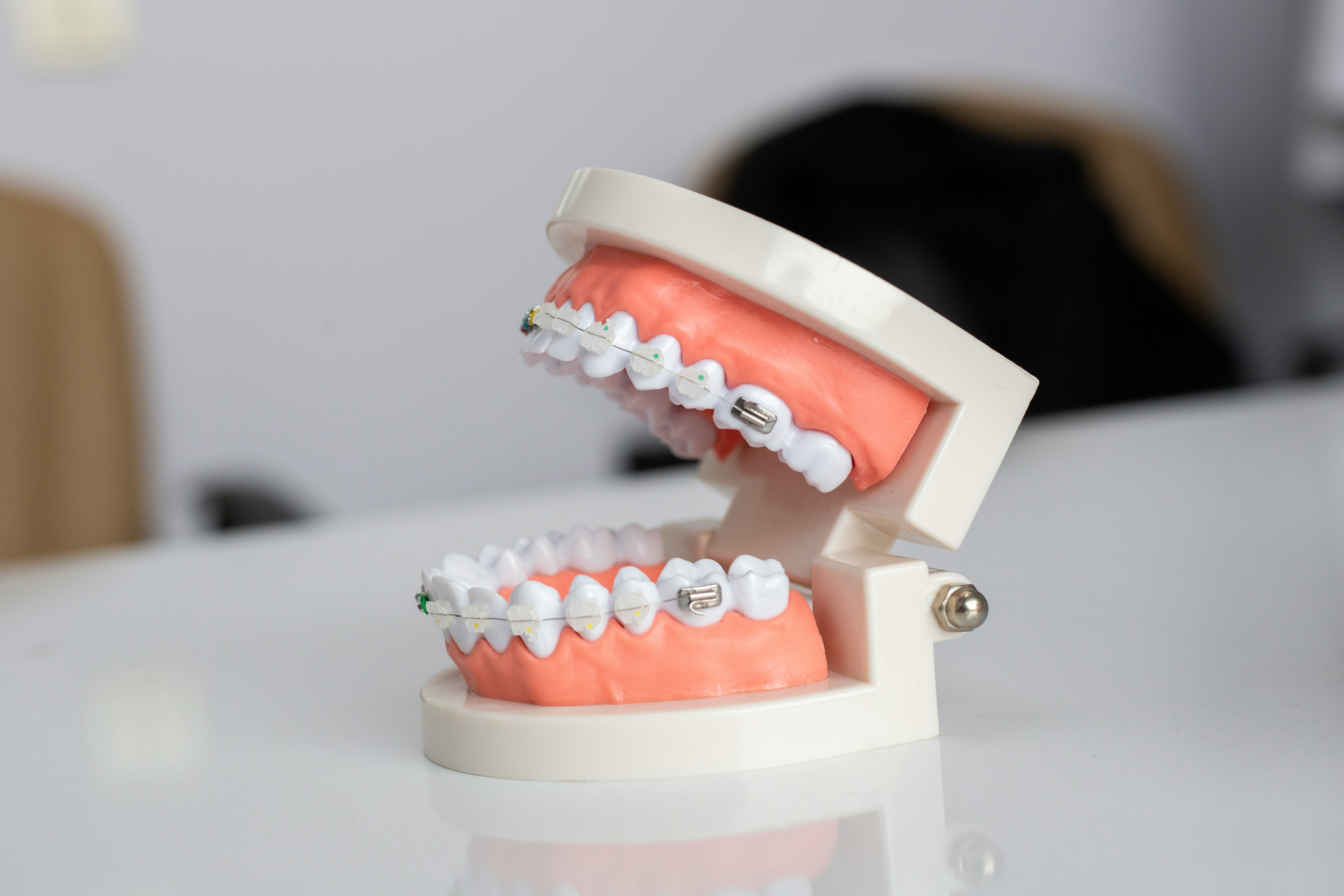Understanding Braces and Dental Splints: A Complete Guide to Orthodontic Treatment Options
Orthodontic treatments like braces and dental splints play crucial roles in achieving proper tooth alignment and jaw positioning. These dental devices help correct various oral issues, from crooked teeth to temporomandibular joint (TMJ) disorders. Understanding the differences, benefits, and financial aspects of these treatments can help you make informed decisions about your dental health.

Understanding Dental Splints and Their Uses
Dental splints serve multiple purposes in oral health care. These custom-fitted devices help protect teeth from grinding (bruxism), stabilize loose teeth, and treat TMJ disorders. Night guards, occlusal splints, and temporary splints each address specific dental concerns while providing comfort and protection during sleep or daily activities.
Financial Planning for Orthodontic Treatment
The cost of orthodontic treatment varies significantly based on the chosen method and duration of care. Many dental insurance plans offer partial coverage for braces, particularly for patients under 18. Various payment options exist, including flexible spending accounts (FSA), health savings accounts (HSA), and third-party financing through companies like CareCredit.
| Treatment Type | Average Cost Range | Typical Insurance Coverage |
|---|---|---|
| Traditional Braces | $3,000 - $7,000 | 50% up to lifetime maximum |
| Clear Aligners | $4,000 - $8,000 | 50% up to lifetime maximum |
| Dental Splints | $300 - $1,000 | Varies by type and purpose |
Prices, rates, or cost estimates mentioned in this article are based on the latest available information but may change over time. Independent research is advised before making financial decisions.
Payment Options and Financing Solutions
Most orthodontic practices offer multiple payment arrangements to make treatment more accessible. Common options include:
-
Monthly payment plans with no interest
-
Third-party financing through medical credit companies
-
Direct insurance billing
-
Discount programs for upfront payment
-
Sliding scale fees based on income
Long-term Benefits and Maintenance
Investing in orthodontic treatment offers lasting benefits beyond aesthetic improvements. Proper alignment reduces the risk of dental problems, improves oral hygiene effectiveness, and can prevent more costly dental procedures in the future. Regular maintenance and follow-up care ensure the longevity of treatment results.
This article is for informational purposes only and should not be considered medical advice. Please consult a qualified healthcare professional for personalized guidance and treatment.





